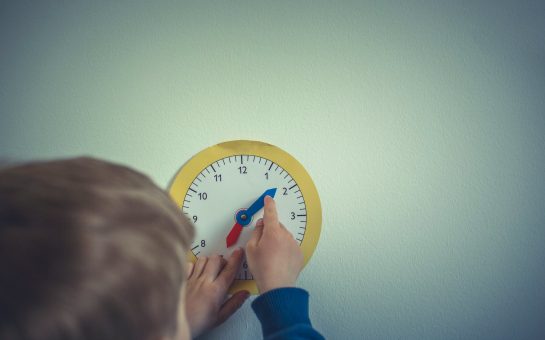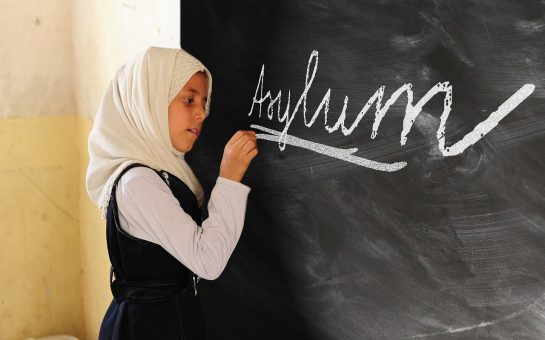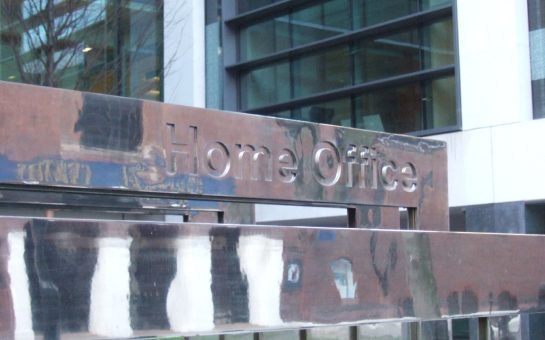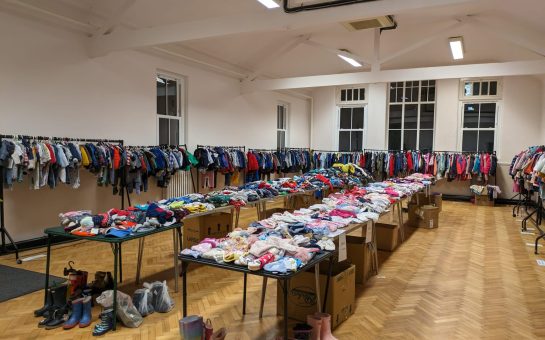Changing the colour, lighting and decor in classrooms can positively affect the academic performance of children across the UK, claims new research by the University of Salford.
The findings proved that air quality, colour and light can increase the learning process of an average pupil by 16% in a single year.
Data collected from 3,766 pupils across 27 ‘very diverse’ schools indicates that teaching pupils in a ‘clever’ classroom can increase the average child’s performance by 1.3 sub-levels.
Information revealed by the Department for Education says primary school pupils are expected to progress by 2 sub-levels in one school year.
Lead Researcher Professor Peter Barrett said: “The research identifies many simple, quick and cost-effective ways for teachers to change their classrooms to make a real difference to a child’s performance in reading, writing and maths.
“We’re not talking about major investment on behalf of the school or local authority – quite the opposite –simple choices in how classrooms are used and evidence-based decisions when schools are being built.
“I hope our ‘Clever Classrooms’ report will become a valuable asset for teachers and school designers across the UK and can make a real and lasting impact on children’s learning progress at such an important stage in a child’s development.”
The university’s report also revealed that factors such as play facilities, school navigation routes and specialists has a less significant effect on a child’s learning process.
Speaking about the findings John Coe, Chair of the National Association for Primary Education (NAPE), said: “It is unusual and refreshing to welcome research which considers the impact of primary school design upon the lives and learning of young children.
“Perhaps surprisingly, the findings indicate that the salient features of the whole school do not matter most to pupils.
“The most powerful impact is made by the physical design of the particular classroom in which they spend such vitally important time with their teacher.
“The researchers, by differentiating design features from aspects of teaching and learning, show that considerations of daylight, temperature and air quality have the most influence on children’s progress.”
John Coe also explained how important it was for children to own their classroom environments which are neither over stimulating nor overly calming.
He said: “The research offers sound sense and teachers, putting children first as always, can improve their classrooms without spending a lot of money.”
The report also includes very simple and cost-effective tips for teachers to boost their pupil’s academic success, as well as providing suggestions for the buildings in design stages.
However, not everybody agrees with the research results revealed by the university researchers.
Jason Higgings, father-of-two from Eccles, said: “My children are in primary school and they are doing really well.
“I don’t think small factors like the colour or the lighting of the classroom will have any effect on children’s success.
“When I went to primary school when I was a kid we didn’t have this sort of debates on how a classroom should be decorated and I’d say I have done well in life.”
The 42-year-old van driver, added: “I think the decoration of primary school classrooms should be bottom of the current issues of the government.”
Image courtesy of atelier PRO, with thanks.



